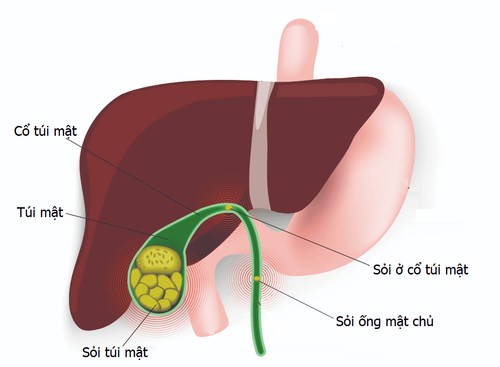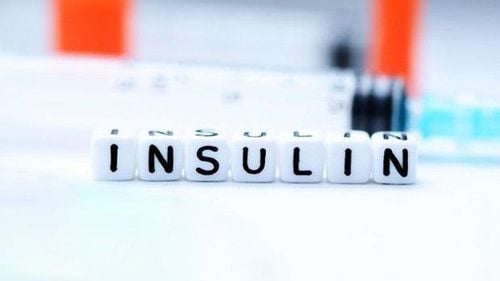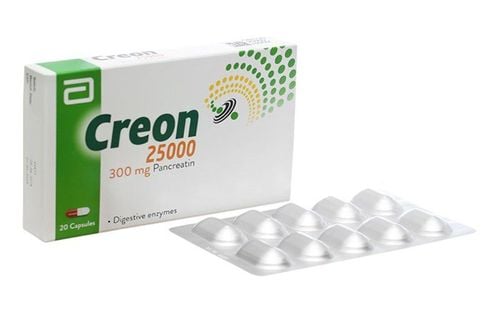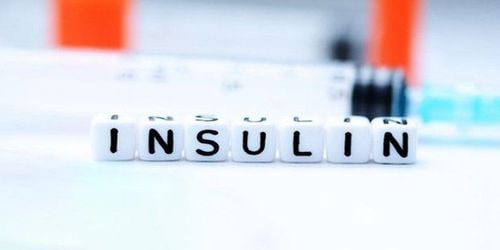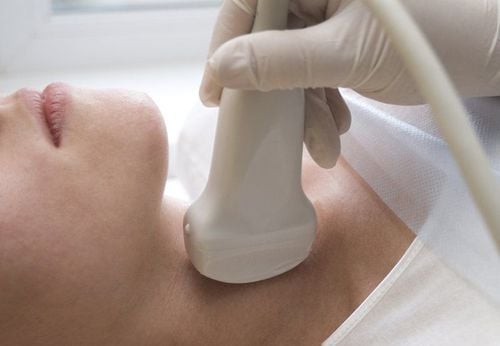This is an automatically translated article.
Insulin resistance is when the cells in your muscles, fat and liver are no longer able to respond well to insulin and reduce the use of glucose from your blood for energy. To maintain balance, the pancreas needs to make more insulin while, over time, your blood sugar rises. In other words, insulin resistance syndrome is a condition that signals type 2 diabetes to come in the very near future. Therefore, it is necessary to know the following signs of insulin resistance to make a prevention plan for yourself.
1. Signs of insulin resistance in the body
A person is considered likely to have insulin resistance syndrome if they have the following physical features:
Have a large waist circumference: Metabolic endocrinologists advise the best way to Knowing if you're at risk for insulin resistance comes from measuring tape and looking at yourself in the bathroom mirror. If you are over 40 years old but have a waist circumference over 100 cm in men and 90 cm in women (over 90 cm in Asians and 80 cm in women) there is an increased incidence of insulin resistance and metabolic syndrome, also associated with insulin resistance. High blood pressure: Average measured blood pressure is 130/85 mmHg or higher, or taking medication to control blood pressure. Dark patches of skin: If insulin resistance is severe, you may have noticeable pigmented changes in your skin. Your skin will appear dark patches on the back of your neck or on your elbows, knees, knuckles, or armpits.
2. Risk factors for insulin resistance
The following risk factors will make you more likely to develop insulin resistance than the general population, especially those without any risk factors at all:Race, more likely if of descent African, Latino or Native American Age, likely to increase after age 45 Smoking
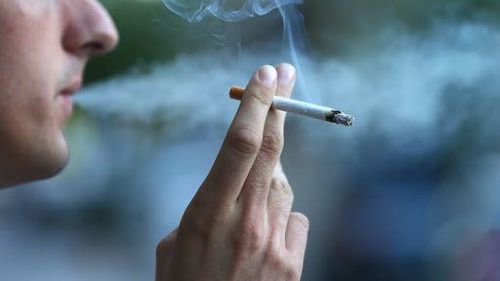
Hút thuốc lá là yếu tố nguy cơ của hiện tượng kháng insulin
Obesity, especially the accumulation of belly fat Sedentary lifestyle, inactivity or very little physical activity Diet high in carbohydrates Non-alcoholic fatty liver disease Polycystic ovary syndrome Gestational diabetes Family history of diabetes such as a parent, brother or sister History of heart disease or stroke Hormonal disorders such as Cushing's syndrome, acromegaly Use of medications such as steroids , antipsychotics, and HIV medications Long-term infections or serious illnesses Sleep problems like sleep apnea Although you can't change default risk factors like family history age or ethnicity, you can still modify surrounding lifestyle risk factors such as diet, physical activity, and weight. It is these lifestyle changes that can contribute to a lower chance of developing insulin resistance syndrome and pre-diabetes.
3. Tests to determine insulin resistance
3.1. Fasting blood glucose levels Blood sugar will tend to be lowest between meals and peak about 2 hours after eating. Because glucose is the most common energy reserve of every cell in the body and blood sugar levels fluctuate frequently due to meals throughout the day, blood sugar testing needs to be done at specific times. Accordingly, fasting blood sugar is considered the most common number to identify insulin resistance as well as diagnose diabetes. In particular, a fasting glucose concentration, i.e. at least 8 hours postprandial, above 100 mg/dL may be an early sign of these metabolic diseases. Furthermore, this will also be the default if It's like you're on medication to control your blood sugar.
3.2. Glucose Tolerance Test If fasting blood sugar is a reflection of blood glucose levels at least 8 hours after eating, this number will not reflect insulin resistance in the cells of the body. Can't absorb sugar 2 hours after eating. This will make the postprandial sugar stay high and require the pancreas to secrete more insulin.
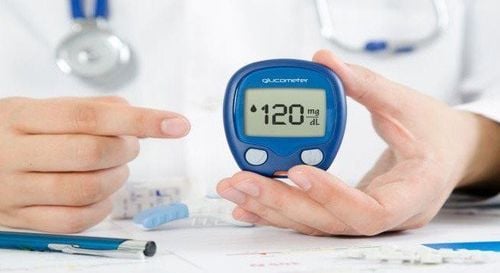
Nghiệm pháp dung nạp đường
To overcome this shortcoming, you need to do a sugar tolerance test. Accordingly, you will be drinking a sugar water solution with a predetermined amount of glucose and after 2 hours you will have your blood sugar checked. An oral glucose tolerance test will show you are at risk for insulin resistance if the result is between 140 and 199 mg/dL. If you exceed this number, you have been diagnosed with diabetes.
In practice, to facilitate testing, the fasting blood glucose level and the glucose tolerance test are performed sequentially. You will be scheduled to have your blood drawn after fasting for at least 8 hours, preferably 12 hours overnight, which is the blood sugar reading at that time. Soon after, you will be given 75 grams of glucose dissolved in about 200 ml of water and taken quickly. One more blood sample to be tested after 2 hours will give the results of the glucose tolerance test.
3.3. HbA1C index Unlike the fasting blood glucose concentration or the glucose tolerance test, which is very easily influenced by the previous diet or the length of time the patient fasted completely, the HbA1C index gives a relatively objective result. mandarin. This HbA1C test shows your average blood sugar over the past 3 months.
The principle of the test is to count the number of hemoglobin with sugar molecules in the ratio of normal hemoglobin. The time reflected in the test is the life cycle of the red blood cells.
A HbA1C result between 5.7% and 6.4% is one of the best evidences of insulin resistance.
3.4. Blood lipid tests Blood lipids commonly indicated clinically are total cholesterol, triglycerides, HDL-C (high-molecular-weight cholesterol) and LDL-C (low-molecular-weight cholesterol). .
Similar to blood sugar testing, blood lipid bilan assessment should also be performed after the patient has completely fasted for a certain period of time. Lipid resistance is suspected when triglycerides are higher than 150 mg/dL or when medications are used to lower blood fats. Also, another factor is low HDL-C levels, which are less than 50 mg/dL for women and 40 mg/dL for men, or taking medication to raise HDL-C levels.
In short, signs of insulin resistance are easy to recognize if we are conscious of our own health as well as perform regular checkups. Detecting insulin resistance syndrome early today and actively correcting it, you will save many steps in preventing diabetes from forming in the future.
Please dial HOTLINE for more information or register for an appointment HERE. Download MyVinmec app to make appointments faster and to manage your bookings easily.
Reference source: webmd.com



